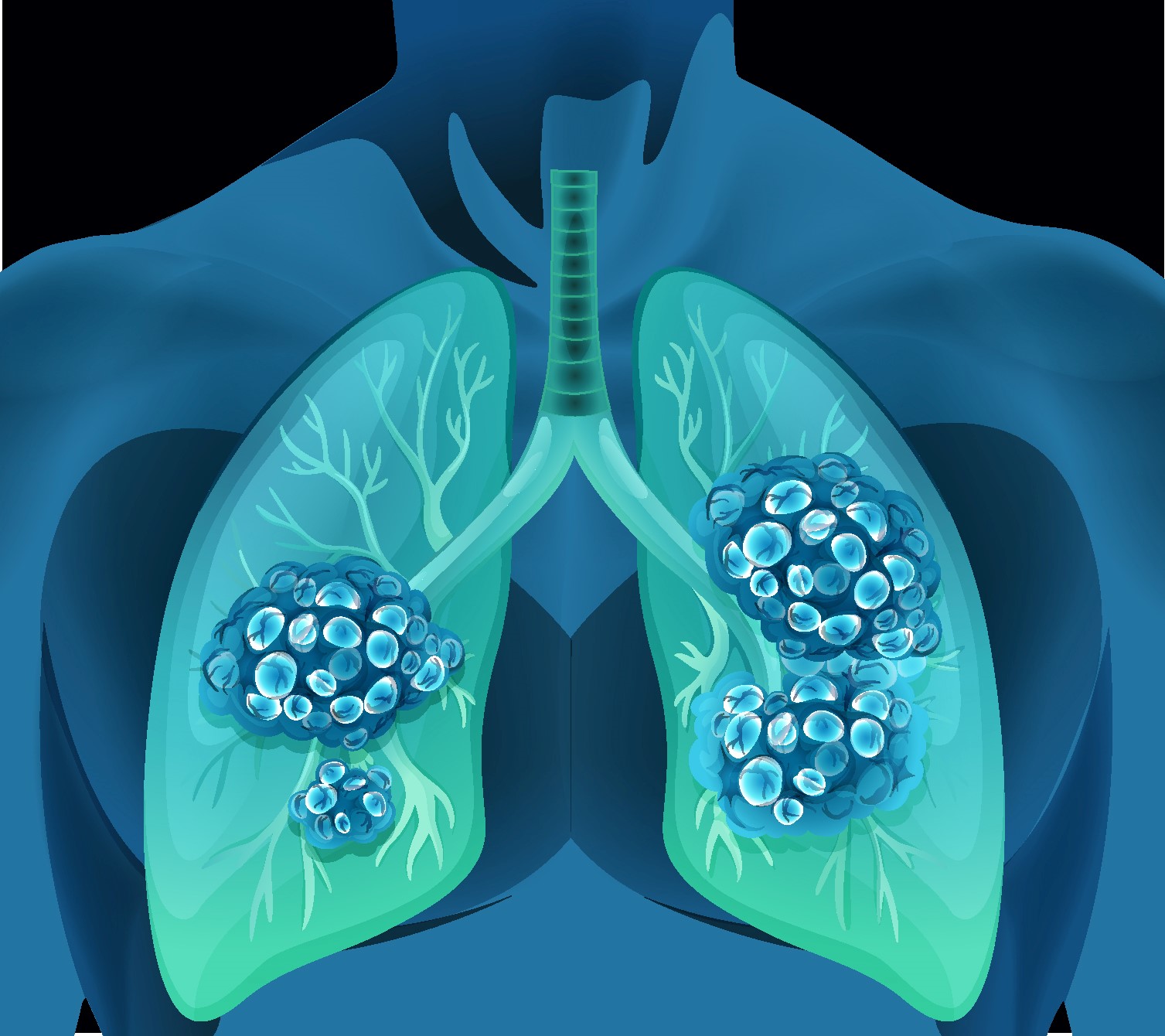Heterogeneity in acute respiratory distress syndrome (ARDS) has led to many statistically negative clinical trials. Etiology is considered an important source of pathogenesis heterogeneity in ARDS but previous studies have usually adopted a dichotomous classification, such as pulmonary versus extrapulmonary ARDS, to evaluate it. Etiology-associated heterogeneity in ARDS remains poorly described.
In this retrospective cohort study, we described etiology-associated heterogeneity in gas exchange abnormality (PaO/FiO [P/F] and ventilatory ratios), hemodynamic instability, non-pulmonary organ dysfunction as measured by the Sequential Organ Failure Assessment (SOFA) score, biomarkers of inflammation and coagulation, and 30-day mortality. Linear regression was used to model the trajectory of P/F ratios over time. Wilcoxon rank-sum tests, Kruskal-Wallis rank tests and Chi-squared tests were used to compare between-etiology differences.
From 1725 mechanically ventilated patients in the ICU, we identified 258 (15%) with ARDS. Pneumonia (48.4%) and non-pulmonary sepsis (11.6%) were the two leading causes of ARDS. Compared with pneumonia associated ARDS, extra-pulmonary sepsis associated ARDS had a greater P/F ratio recovery rate (difference = 13 mmHg/day, p = 0.01), more shock (48% versus 73%, p = 0.01), higher non-pulmonary SOFA scores (6 versus 9 points, p < 0.001), higher d-dimer levels (4.2 versus 9.7 mg/L, p = 0.02) and higher mortality (43% versus 67%, p = 0.02). In pneumonia associated ARDS, there was significant difference in proportion of shock (p = 0.005) between bacterial and non-bacterial pneumonia.
This study showed that there was remarkable etiology-associated heterogeneity in ARDS. Heterogeneity was also observed within pneumonia associated ARDS when bacterial pneumonia was compared with other non-bacterial pneumonia. Future studies on ARDS should consider reporting etiology-specific data and exploring possible effect modification associated with etiology.
Etiology-associated heterogeneity in acute respiratory distress syndrome: a retrospective cohort study.


